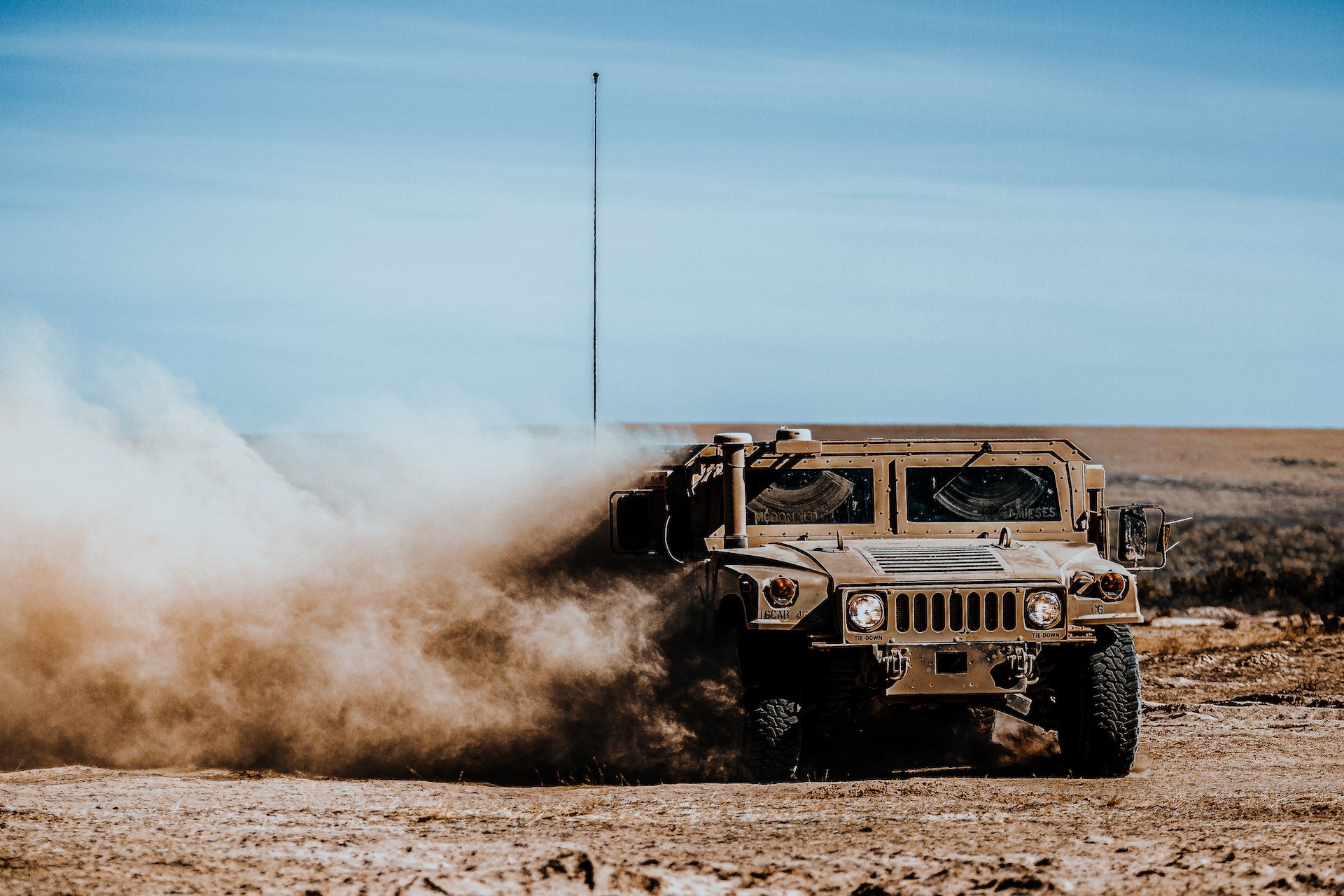
Soldiers assigned to the 16th Combat Aviation Brigade drive a Humvee through dusty terrain at Orchard Combat Training Center, Idaho, on Oct. 8, 2016. US Army photo by Capt. Brian Harris.
During sleepless nights or while on Zoom calls with coworkers, do you stare longingly at the cabinet where your DD214 is filed away? Do you look at old pictures of yourself in uniform and think, Hey, I used to be a pretty cool guy? Do you resent having to carry around car keys? Have you ever seriously considered reupholstering your Volvo’s all-leather interior with bullet-proof steel? If yes, then, like my husband, you probably want to buy a Humvee.
An unobtainable dream it is not. In fact, with a low starting bid of $3,500 at govplanet.com, you could be on your way to owning a military surplus Humvee. That’s a small price to pay for the joys of reliving your glory days. Think of all the fun you’d have flying down the freeway at 55 miles per hour or watching your kids run around the house looking for your nonexistent car keys, just like the new privates used to do on Motorpool Mondays.
More than likely, you’re already doing the math, trying to figure out if you can buy a Humvee and still afford to take your kids to Disney World this summer like you promised. If you are, put down the calculator. Don’t get ahead of yourself. Because in reality, Humvees aren’t as spectacular as they might appear in your nostalgic wet dreams. Here’s everything you should know about the iconic military vehicle before attempting to convince your spouse that you need to own one.
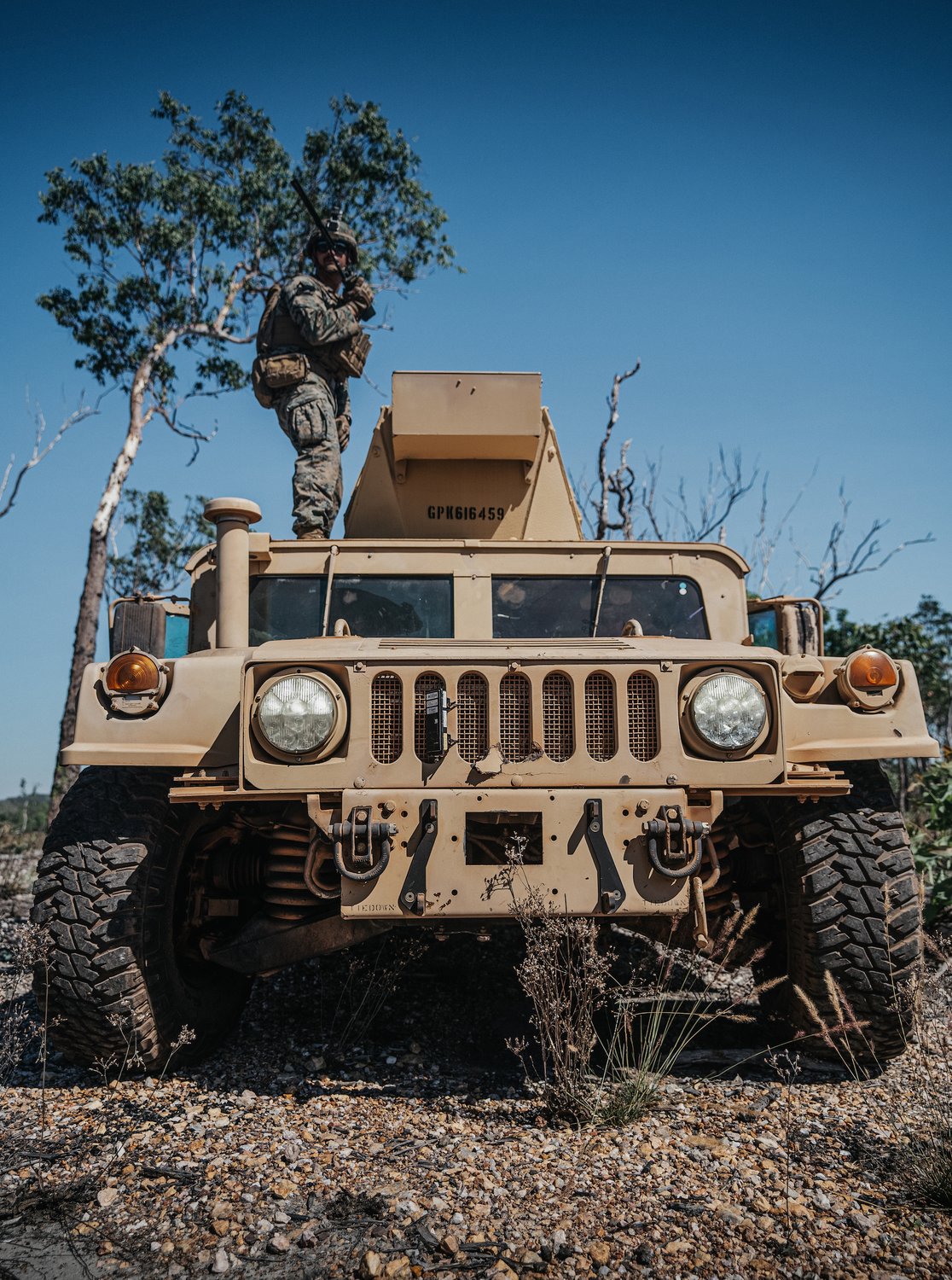
US Marine Corps Sgt. Jason Jones radios from a Humvee during training at Kangaroo Flats Training Area in Northern Territory, Australia, on July 8, 2021. US Marine Corps photo by Cpl. Lydia Gordon.
A Brief History of the Humvee
Selecting the make of your Humvee is easy because there is only one manufacturer. In 1983, the United States Army awarded AM General with a $1 billion contract to produce 55,000 of the vehicles. In the decades that followed, hundreds of thousands more rolled off the assembly line and into the arsenals of at least 50 countries.
The Humvee’s entry into service coincided with the phasing out of another iconic military vehicle. By the 1960s, the US Army was ready to upgrade its aging fleet of jeeps, which were mostly made up of Ford M151s. With a max payload of only about 800 pounds, the open-air 4x4 utility truck wasn’t well-suited for carrying heavy cargo and weapons. By 1969, FMC Corporation had already started developing the XR-311 as a potential replacement. (Even Lamborghini would field a prototype in the years that followed.) However, it took more than a decade for the Army to find a vehicle worthy of replacing the M151.
AM General’s M998 High Mobility Multipurpose Wheeled Vehicle, or HMMWV, was just the truck that the Army was looking for. It was nearly just as mobile as the M151 but sat on a heftier chassis and had a carrying capacity of 2,500 pounds. Furthermore, while the M151 was prone to rolling over, the M998’s wider wheel-base made it much more stable. Per the stipulations set forth in the Army contract, it could climb 60% inclines and drive across 40% slopes without rolling over. With a maximum speed of 65 to 70mph, the trucks were also designed to crawl over ditch lines and ford up to five feet of water with a snorkel, all while transporting personnel, cargo, and weapons behind front lines in the event that the Cold War turned hot.
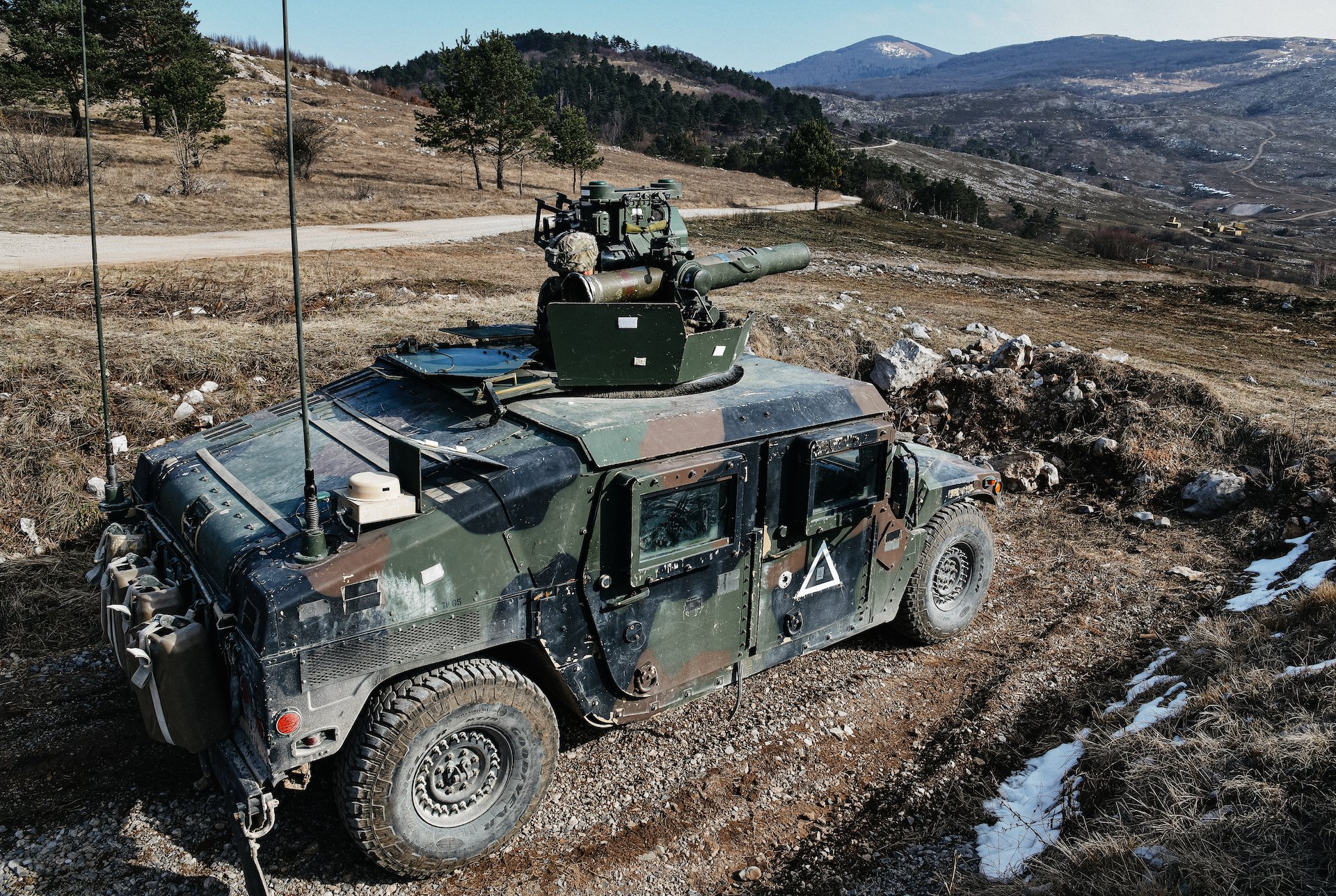
A US Army paratrooper aims a tube-launched, optically tracked, wire-guided (TOW) missile system mounted on a Humvee during a training exercise with the Slovenian Armed Forces in Postojna, Slovenia, on March 9, 2021. US Army photo by Paolo Bovo.
The M998 entered military service in 1985. It soon became known as the “Humvee” because H-M-M-W-V doesn’t roll off the tongue. Though it was engineered under the assumption that it would one day be used to ferry troops across the green fields of Europe, the truck would get its first real taste of action in the Arabian Desert during the First Gulf War. The M998’s primary role in that conflict was as a transportation vehicle for American special operators tasked with finding and destroying stockpiles of Scud missiles.
In the years following Operation Desert Storm, the Humvee evolved into something more than just a general utility vehicle. During the 1993 Battle of Mogadishu, Task Force Ranger’s fleet of Humvees had to contend with machine-gun fire and rocket-propelled grenades in the streets of Somalia’s capital city. Some hit landmines. Because they weren’t designed for urban combat, many of the trucks were incapacitated in the fight. More than half the service members in one convoy — later remembered as the “lost convoy” — returned to base injured or dead.
Mogadishu taught the Army that the Humvee was not adequately equipped for the modern battlefield. If the vehicles were to be truly useful in asymmetrical warfare, where the front lines were constantly shifting, then they had to be outfitted for combat. In response, AM General developed the M1114, the first up-armored Humvee.
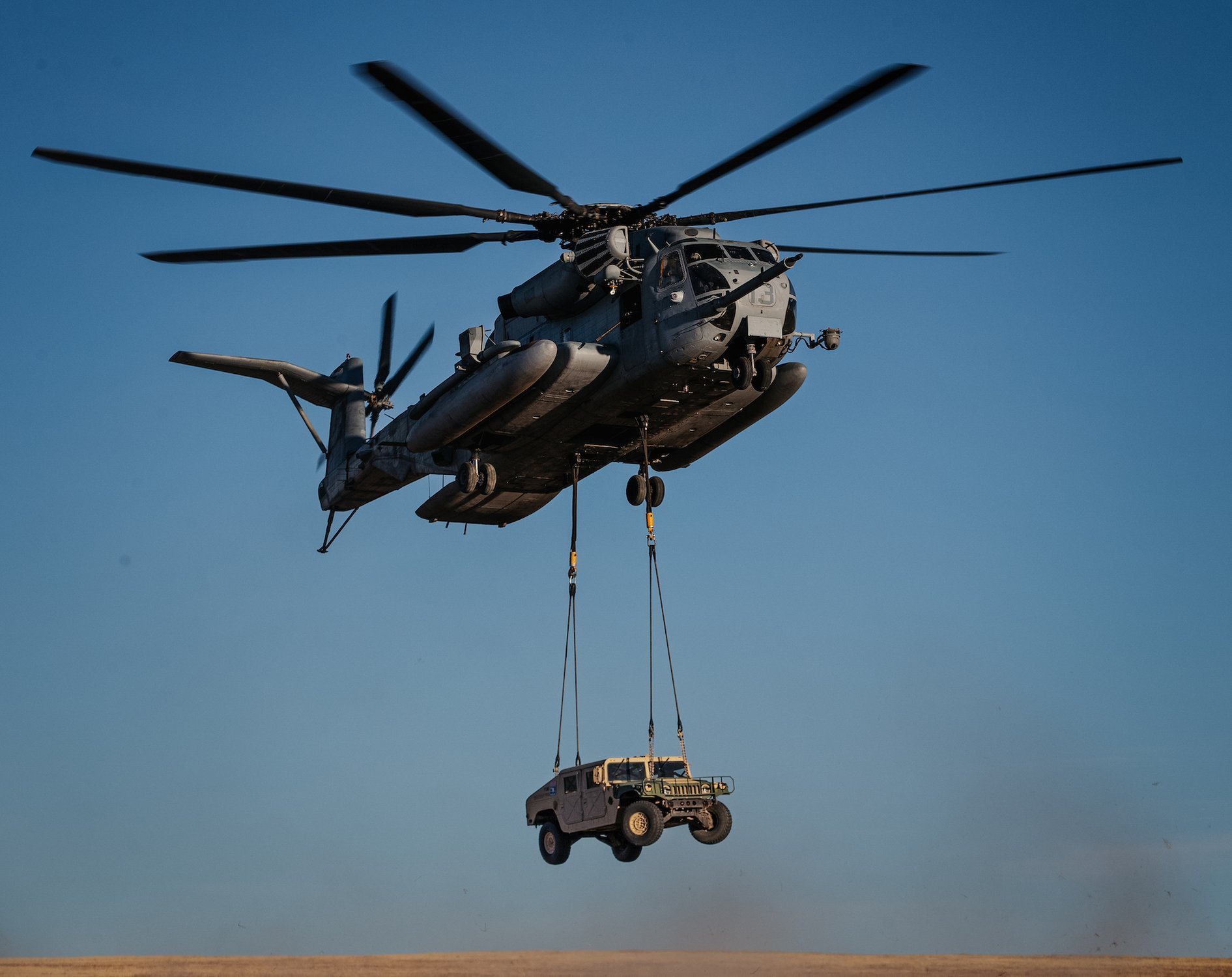
Marines use a CH-53E Super Stallion helicopter to sling load a Humvee in Colorado Springs, Colorado, on Jan. 14, 2020. US Marine Corps photo by Lance Cpl. Elias E. Pimentel III.
All in the Family
Today, HMMWV doesn’t refer to one specific truck but rather a family of lightweight, versatile, and easy-to-maintain tactical vehicles. The M998 was the first. Over the years, AM General has produced at least 15 different configurations, each designed for a specific mission. For example, the M997 is an ambulance, while the M1042 is a shelter carrier armed with a winch. Remove the winch and it becomes an M1037, which is also a shelter carrier — except, well, without a winch.
If the Humvee you intend to purchase will mainly be used for trips to the grocery store or ferrying the kids to and from soccer practice, you should probably go with the standard troop carrier, which comes in two- and four-door options with an equal number of seats, an equally limited number of colorways (namely tan and green), and a seemingly unlimited number of military designations. Models for sale include, but aren’t limited to, the M1165, a four-door hard-top with truck body, and the M1097, a four-door soft-top with truck body.
The most iconic configuration is probably the M1151, which is fielded as an enhanced armament carrier. Usually they are mounted with either a .50-caliber machine gun or a Mk19 fully automatic grenade launcher. From the narrow streets of Iraq to the mountains of Afghanistan, the beefed-up gun truck provided troops with a mixture of mobility, firepower, and protection in hotbed areas where the chances of encountering a complex ambush were high.
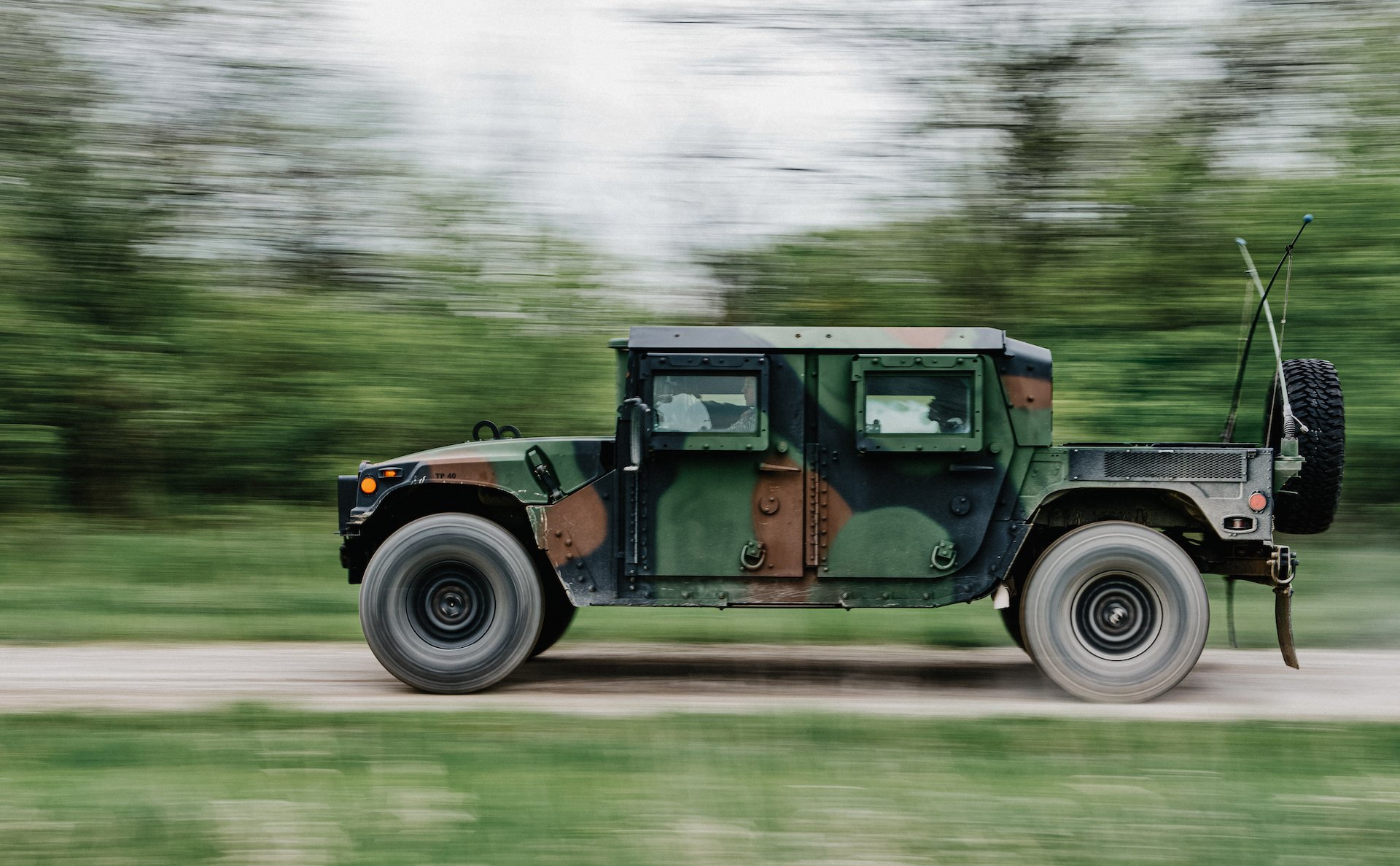
Reserve soldiers from the greater Chicago area drive a Humvee during an off-road course at Joliet Training Area, Illinois, on May 14, 2014. US Army photo by Sgt. 1st Class Michel Sauret.
The HMMWV’s curb weight ranges from roughly 5,000 pounds to more than 10,000 pounds, with the thin-skinned M998 being the lightest and the heavily armored M1151A1 the heaviest.
Before a tactical vehicle can be made available for purchase to the general American public, it must undergo demilitarization. The process strips Humvees of their armor and weapons-carrying capability. The Pentagon’s Defense Logistics Agency started selling out-of-service Humvees to the public in 2014. At the first auction, where the average bid was $30,000, Uncle Sam netted nearly three-quarters of a million dollars for 25 vehicles.
Related: The M4 Sherman: The Tank That Won World War II
Future of the Humvee
The Humvee proved adequate in the early days of the Global War on Terror. The truck maneuvered easily through the rugged mountains and valleys of Afghanistan. Sometimes, soldiers would remove the armor and even the doors to increase speed and their field of vision. With such modifications, the Humvee was virtually reverted to its original role as a lightweight transport vehicle.
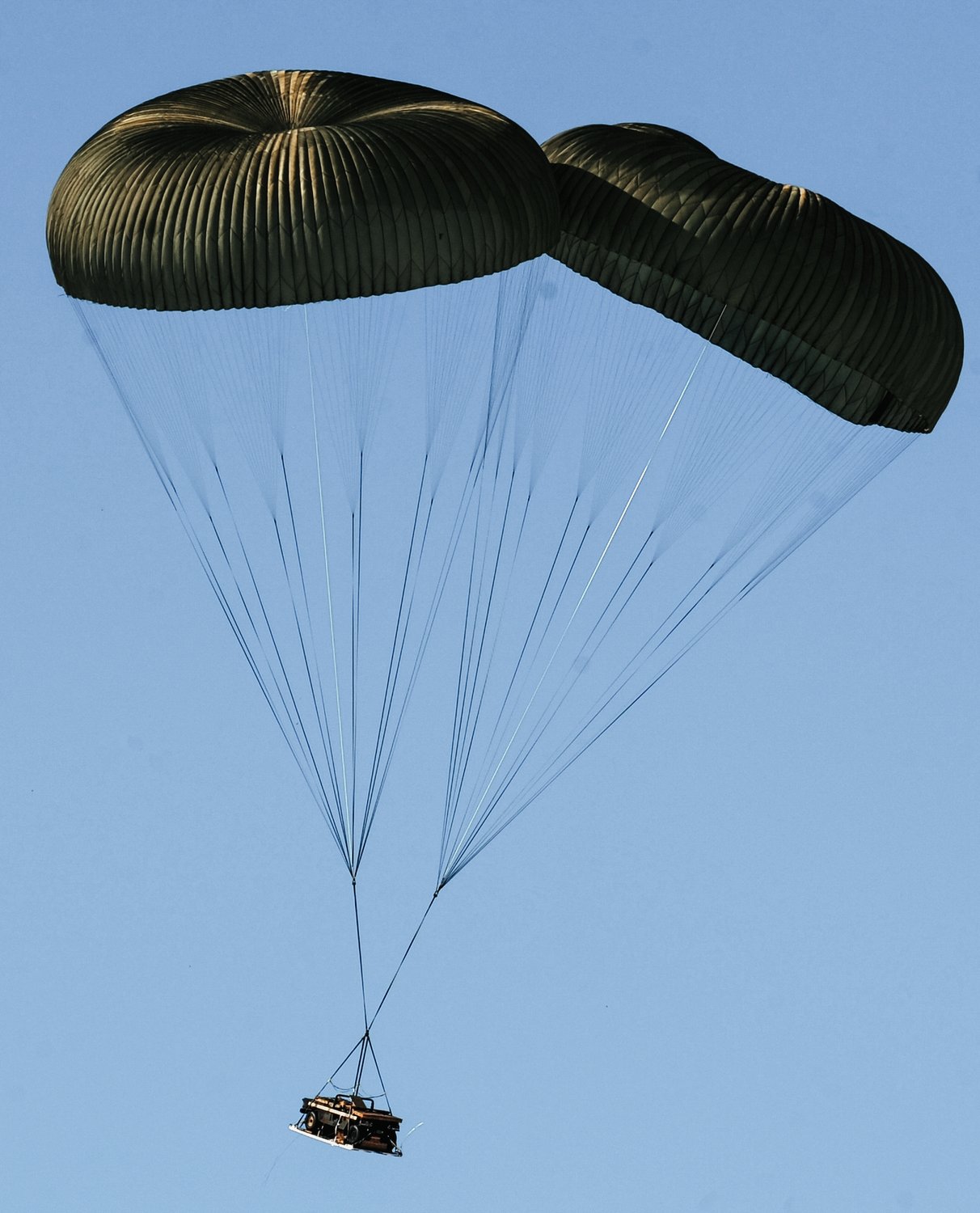
Soldiers assigned to US Army Alaska’s 425th Brigade Special Troops Battalion airdrop a Humvee from a C-17 transport plane at Joint Base Elmendorf-Richardson on April 17, 2013. US Air Force photo by Justin Connaher.
That initial phase of the war was brief, however. Insurgents in both Afghanistan and Iraq soon evolved their tactics to heavily rely on the use of concealed improvised explosive devices, aka roadside bombs. In the first four months of 2006 alone, 67 US service members died from IED attacks on Humvees.
In its effort to mitigate the IED threat, the Pentagon ordered the addition of bolt-on armor to Humvees. While the extra steel made it more likely that the vehicle’s occupants would survive a roadside bomb, the chassis struggled under the weight. Each up-armored door weighed hundreds of pounds. The result was that the Humvee became less powerful and more prone to breaking down.
No longer the lightweight tactical vehicle it was originally intended to be, the Humvee was quickly relegated to the sidelines. In 2007, trucks from the Mine Resistant Ambush Protected, or MRAP, program became the standard patrol vehicles for troops in Iraq and Afghanistan. From 2007 to 2012, the Pentagon deployed roughly 12,000 MRAPs to the Middle East and Southwest Asia.
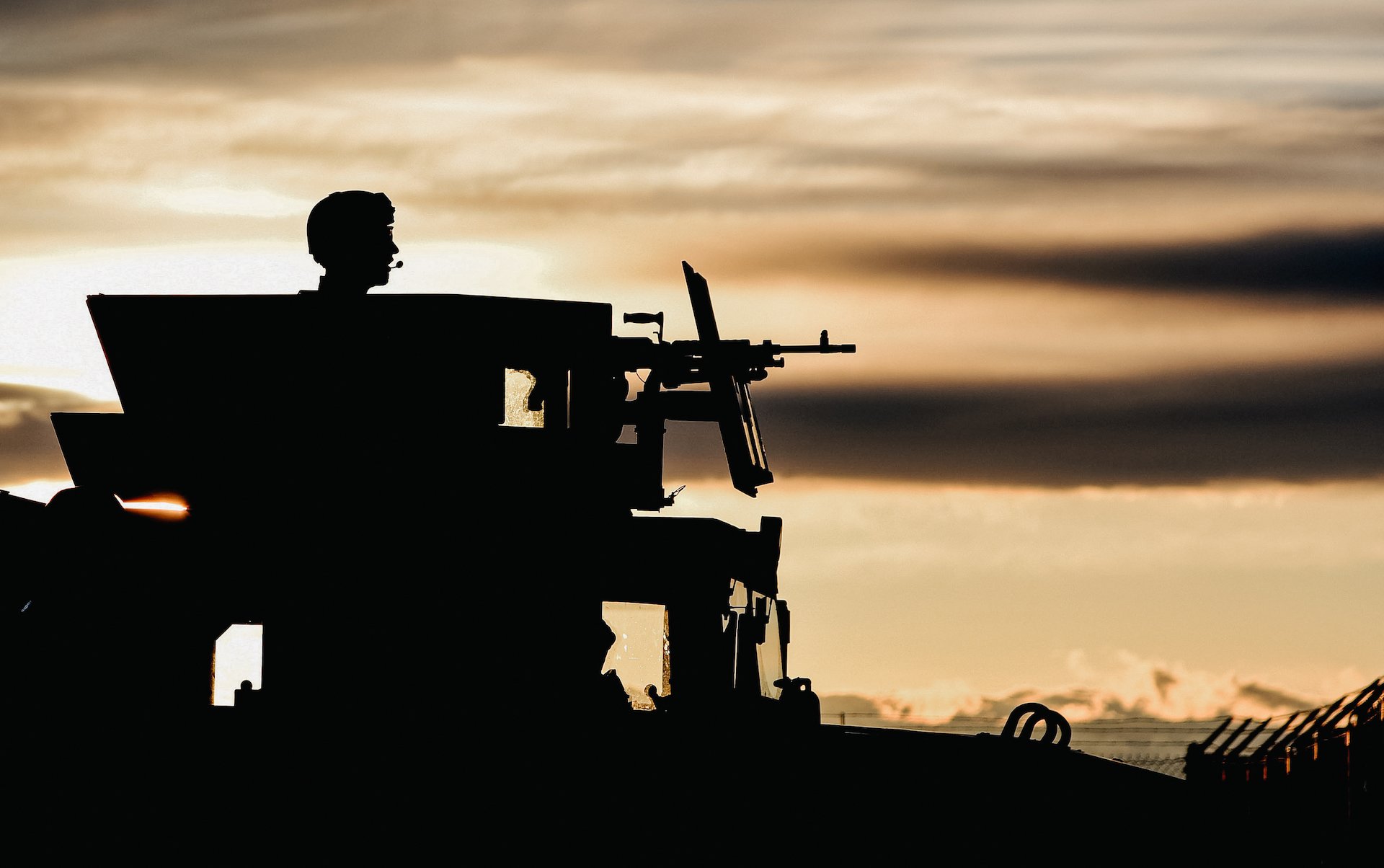
An airman from the 341st Security Forces Group looks out from a Humvee while guarding a missile launch facility near Malmstrom Air Force Base, Montana, during a training exercise in March 2015. US Air Force photo by Airman 1st Class Collin Schmidt.
Then, in 2016, the Oshkosh Corporation delivered the first round of next-generation, all-purpose vehicles that will partially replace the Army’s fleet of Humvees. The Joint Light Tactical Vehicle, or JLTV, provides greater mobility and more protection against IEDs than its predecessor. The truck’s V-shaped hull deflects the vertical energy from a blast sideways, sparing occupants from bearing the brunt of explosions.
While the JLTV was designed for the same roles as HMMWV’s combat-specific variants, it will not replace the old truck on a one-for-one basis. Many Humvees will remain in service through at least 2050, but as vehicles for rear-echelon units rather than troops on the front lines. As for those that are retired, who knows? Maybe someday you’ll find yourself behind the wheel of one of them, kids in the backseat, cruising down the interstate toward that family vacation at Disney World.
Read Next: Kabar: The Best Knife for a Gunfight
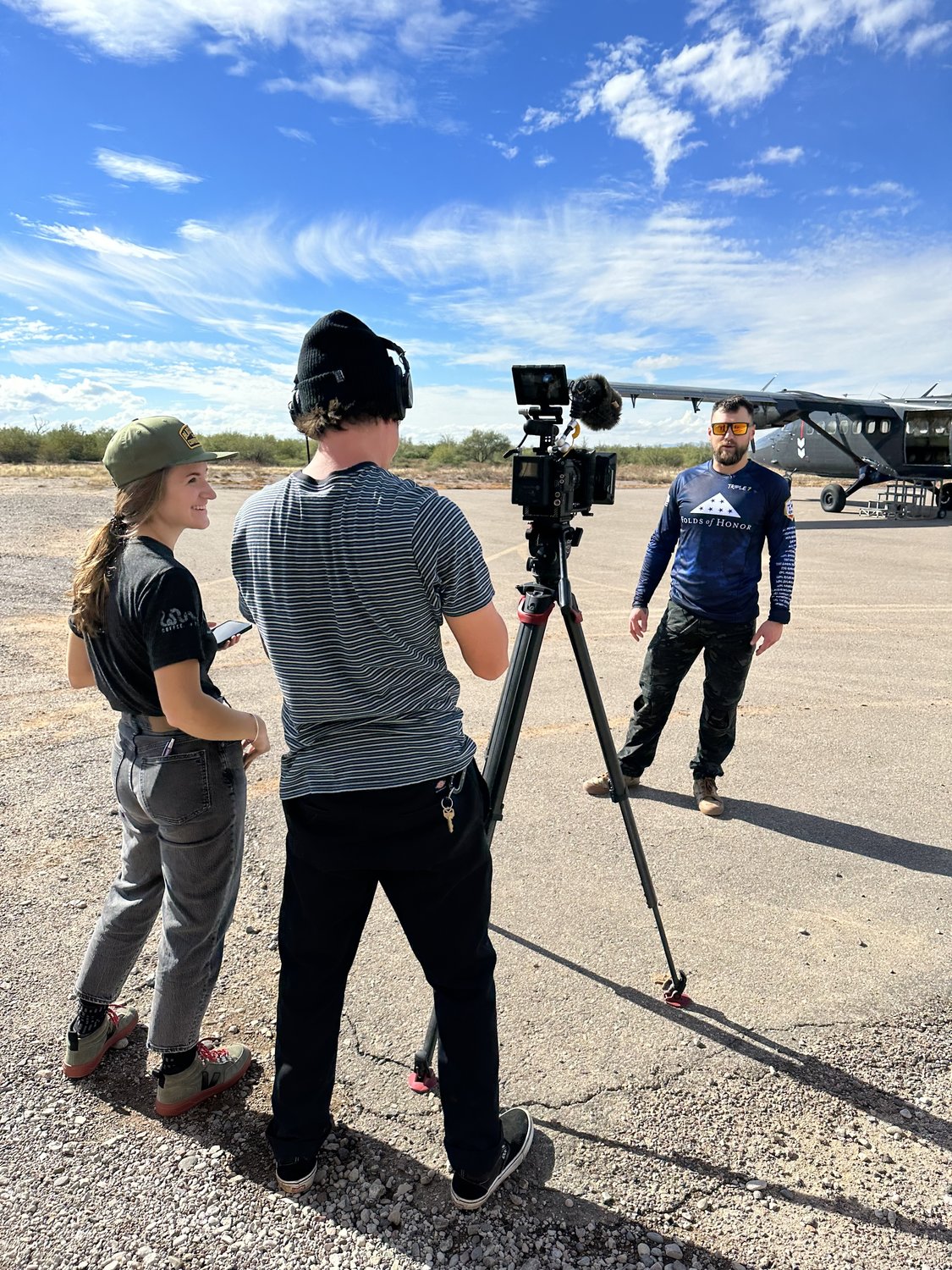
Jenna Biter is a staff writer at Coffee or Die Magazine. She has a master’s degree in national security and is a Russian language student. When she’s not writing, Jenna can be found reading classics, running, or learning new things, like the constellations in the night sky. Her husband is on active duty in the US military. Know a good story about national security or the military? Email Jenna.
BRCC and Bad Moon Print Press team up for an exclusive, limited-edition T-shirt design!
BRCC partners with Team Room Design for an exclusive T-shirt release!
Thirty Seconds Out has partnered with BRCC for an exclusive shirt design invoking the God of Winter.
Lucas O'Hara of Grizzly Forge has teamed up with BRCC for a badass, exclusive Shirt Club T-shirt design featuring his most popular knife and tiomahawk.
Coffee or Die sits down with one of the graphic designers behind Black Rifle Coffee's signature look and vibe.
Biden will award the Medal of Honor to a Vietnam War Army helicopter pilot who risked his life to save a reconnaissance team from almost certain death.
Ever wonder how much Jack Mandaville would f*ck sh*t up if he went back in time? The American Revolution didn't even see him coming.
A nearly 200-year-old West Point time capsule that at first appeared to yield little more than dust contains hidden treasure, the US Military Academy said.












